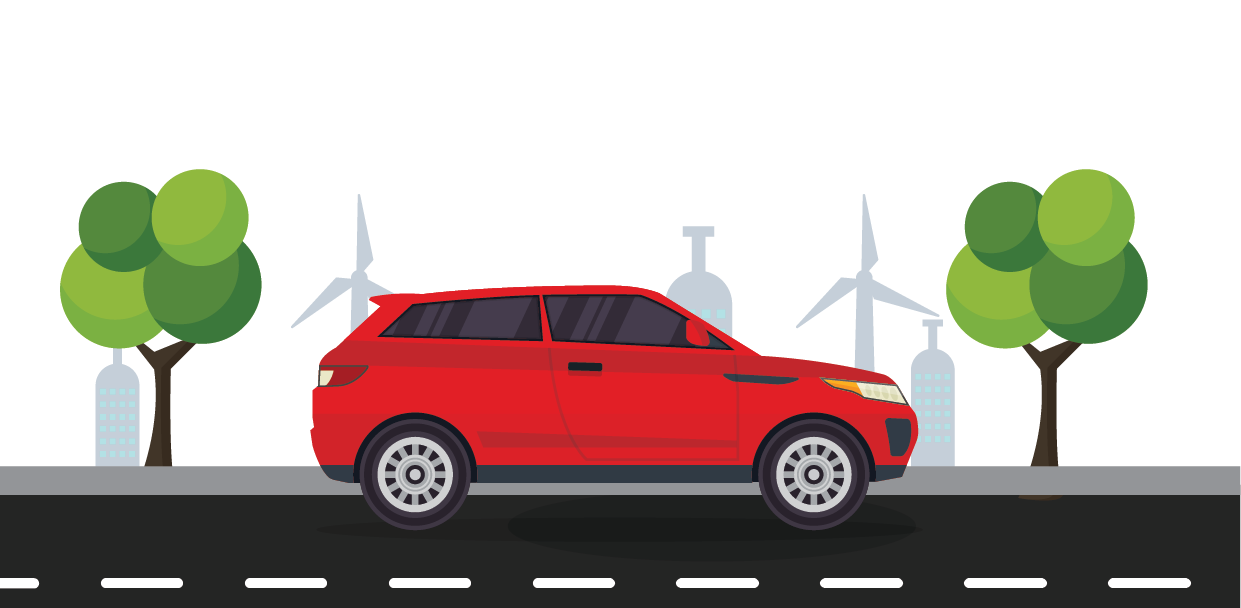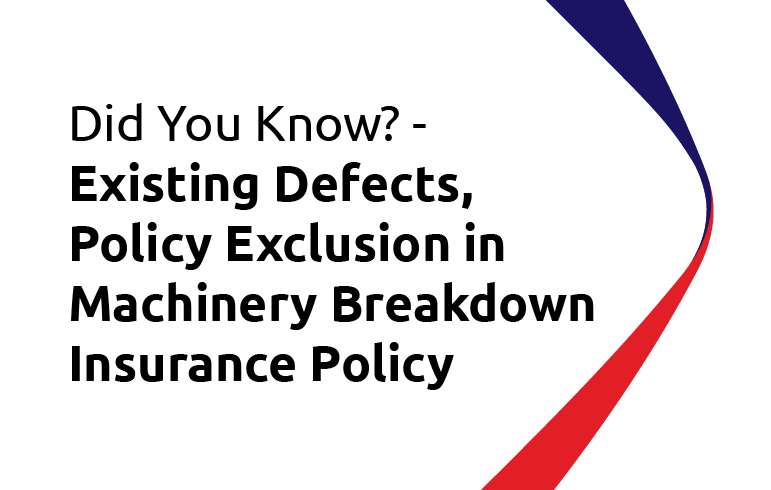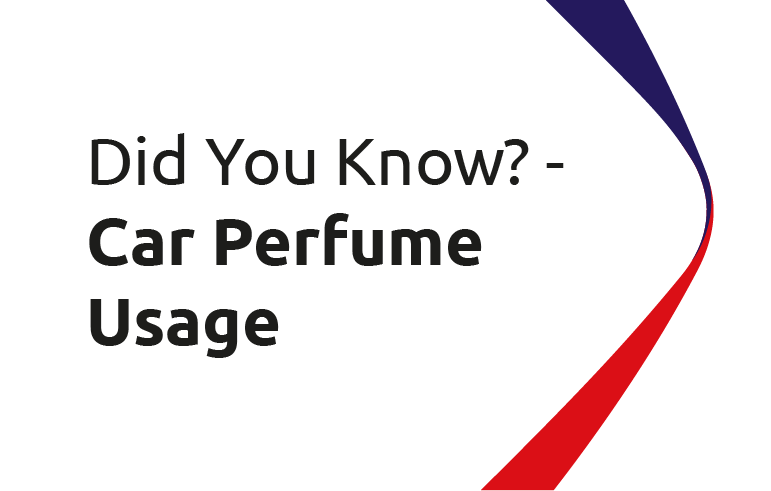Did You Know? Eco-Driving Can Save Fuel Costs

Safe, comfortable, efficient, and environmentally friendly driving techniques or commonly called eco-driving, can be a solution to save vehicle fuel. Eco-driving can be a solution while providing economic, social, safety, and environmental benefits.
A survey by the Ministry of Environment and Forestry said that during the eight years of the eco-driving trial, an average of 10 - 25 percent of fuel could be saved.
Here are some simple tips that can help you become a more environmentally friendly and fuel-efficient driver:
- Remove Unnecessary Cargo. Especially for those who often use car trunks like warehouses. As a result, various items are placed there, even though they are no longer needed. What's even worse is carrying goods beyond their capacity because the heavier your vehicle is, the higher the engine performance, the harder it is and the more fuel it consumes. Therefore, clean up the car cabin of unnecessary items.
- No Idling. Heating the engine for a long time is not recommended, particularly for newer cars whose machines do not need to be heated. If the car engine indicator for the temperature moves, the vehicle can be started. Avoid running the engine for too long when the car is idling. If it is more than 10 minutes the engine should be turned off. This avoids excessive energy consumption of an idle running engine.
- Plan Your Route. Open the map application on your cellphone before starting your trip so you can avoid traffic jams when heading to your destination. Because if you are stuck in a traffic jam, the car will automatically stop and go frequently. Conditions like this make the vehicle must stop and go according to traffic density. As a result, resulting in wasteful fuel and not in accordance with how to drive eco-driving.
- Drive Politely and Not Recklessly. You can also use the hypermiling technique, namely by pressing the gas and brake pedals slowly, the acceleration and deceleration of the car must be done smoothly without sudden movements. Limit shifting gears to 2000 - 2500 RPM to optimize fuel usage. Regarding speed, ideally in eco-driving is 60 to 70 km per hour. In addition, braking also can not be arbitrary. The driver must consider the distance of about 3 seconds from the object in front and take advantage of the engine brake to optimize braking.
- Use of Appropriate Fuel. Also, use the right fuel to prevent the engine from wasting fuel and causing engine damage. Use unleaded fuel, it will minimize pollution from the vehicle exhaust gas, making it more friendly to the surrounding environment.
- Vehicle Maintenance. Perform regular vehicle maintenance at the authorized workshop to maintain engine performance to stay prime and keep its components functioning correctly. Carrying out periodic maintenance at an official repair shop can also retain the car’s warranty.
- Selection of Car Tires and Tire Air Pressure. Choosing car tires is also an essential factor in supporting eco-driving techniques. One of them is by using tires with low rolling resistance. Tires with less air pressure can slow down the rolling wheel, requiring more power to the axle.
- Use A/C Wisely. Use the A/C (air conditioning) temperature in the ideal position, not the maximum. The perfect temperature of the cabin space is around 20 - 23 degrees Celsius. However, there are rules if you want to carry out eco-driving earlier. Set the temperature in the cabin around 25 degrees so the compressor work doesn't overload the engine. Do not use A/C with the coldest temperature continuously (usually 18 degrees), because this will increase fuel consumption.
- Reduce Aerodynamic Drag. Your vehicle is designed for good aerodynamics, but attaching a massive carrier or bicycle onto the roof adds more wind resistance. If you spend lots of time on the highway or are planning a long trip, try to transport extra items inside the vehicle or attached to the vehicle's rear. Keeping your windows and sunroof closed can lower wind resistance too. You will have less drag and better fuel economy.
- Use Cruise Control. Activating your cruise control keeps you from mindlessly driving faster and with lower fuel efficiency. Maintains a constant speed and won’t use additional fuel while accelerating. Try to set your cruise control at your vehicle’s most fuel-efficient speed, as long as it’s at or below the legal limit.
In addition to optimizing fuel efficiency and reducing the potential for traffic accidents, eco-driving can also reduce the contribution of CO2 gas produced by motor vehicles. Hopefully, the information above is helpful to increase your knowledge about eco-driving and make you more alert when driving because safety is the most important thing for all drivers to pay attention to.
If you require additional information about MSIG Indonesia Insurance products, please contact us at 021 – 2523110 and we will be pleased to assist you.


